We cover a lot of ground when it comes to nutrition at MyFitnessPal. Some of the topics can be tricky, and deserve further explanation from our experts. Now is your chance to ask for clarity! Every few weeks I’ll pick one of your questions to answer in detail.
Valerie:
[perfectpullquote align=”full” cite=”” link=”” color=”HEX 0073bb” class=”” size=””]Is sugar really addictive? I crave ice cream constantly and am always blaming my “sweet tooth” … but is this a real thing? Why do I crave sweets all the time?[/perfectpullquote]
Great question, Valerie! Here’s what you should know:
Sugar hides in everything; not just the obvious like ice cream, packaged snacks and cookies, but it’s also in bread, cereal, salad dressings, condiments, yogurt, energy drinks and even jarred marinara. A study in The Lancet found that 3/4 (75%) of all packaged food and beverages contain some form of sugar or low-calorie sweeteners. We know we eat too much of it, but the reasoning may be more complicated than the “excuse” that you inherited your mother’s sweet tooth (or so she’s always told you).
Sugar is habit-forming — some researchers even call it addictive — the idea behind it, too, is that the more of it we eat, the more we crave. For many of us, sugar is a ritual — dinner is done; time for dessert. We no longer eat for survival, but instead for pleasure. Our bellies are full but our brain screams, more! But why?
OUR BRAIN ON SUGAR
Our brain’s reward circuit is complicated, beginning before certain foods even reach our belly. Take something even considered healthy, like a bran muffin. Once a bite of that muffin hits the sweet receptors on your taste buds, those receptors send a signal up through the brain stem to an area called the cerebral cortex. Here, there’s a chemical called dopamine that is released, which sends out warm-fuzzy feelings of pleasure. That feeling you get when you eat something sweet is your reward system at work.
[perfectpullquote align=”full” cite=”” link=”” color=”HEX 0073bb” class=”” size=””]Sugar is rare among dopamine-inducing foods.[/perfectpullquote]
What’s unique about sugar is most foods don’t stimulate our brain’s dopamine hot spots in the same way sweet foods do. Sugar is rare among dopamine-inducing foods. Take broccoli or kale, for example. These foods may stimulate the brain at first, but after a few bites, the sensation tapers off quickly and those last bites of green grow boring. The brain pays special attention to foods containing sugar, which have a different effect on our dopamine levels. Instead of tapering off, levels stay elevated and continue to release the warm-fuzzy feel-good response. To maintain that threshold of pleasure, the brain continues to ask for more sugar … turning two bites of ice cream into 10, or that once-a-week, sugar-loaded smoothie into an everyday ritual. The effect is similar (though to a lesser degree), with other addictive substances like nicotine, drugs and even gambling.
READ MORE > THE CASE AGAINST DIET SODA
Moving beyond the taste buds, that bite of sugary bran muffin continues down to the gut, where more sugar receptors send another wave of signals to the brain. The gut is home to hundreds of thousands of bacteria, which are not all created equal. Good bacteria (those stimulated by probiotics, prebiotics and diverse diets) helps us break down food and keep harmful bacteria out, and may even help us prevent certain diseases. Bad bacteria (those stimulated by processed foods and diets high in refined carbohydrates and sugar) block the good bacteria from doing their job, and even manipulate the brain by sending signals to eat more sugar. This might explain why certain people want to eat certain things more often than others — some crave sugar, some crave protein and some crave savory, depending on the makeup of their gut flora.
So what’s one to do? Giving up sugar altogether isn’t exactly the solution — sometimes a drizzle of honey or dash of brown sugar adds complexity and balance to dishes like whole-grain oatmeal, hearty root vegetables and protein-packed plain yogurt. Plenty of foods — plain yogurt, fresh fruit and vegetables — contain naturally occurring sugars that are enveloped in water, fiber and loads of other vitamins, nutrients and minerals.
My suggestion is this: Start by quitting added sugars before 10 a.m. and after 8 p.m. Many typical breakfasts have as much added sugar as dessert; from sweetened lattes (48g sugar in a pumpkin spice), to flavored yogurt parfaits (22g sugar) and even protein-packed smoothies (32g sugar). Look for foods high in naturally occurring protein and fiber to fill you up; unsweetened cereal, eggs, plain yogurt, avocado toast or a skillet full of vegetable-loaded hash. Then, after dinner, if your brain is still telling you it wants more, try sipping on turmeric-spiked golden milk or nibble on a piece of cheese. In addition, aim to diversify your diet, introducing new foods regularly and focusing on good-gut-bacteria things rich in color and probiotics. It’s worth shaking up your routine to tell those cravings who is boss … one bite at a time.
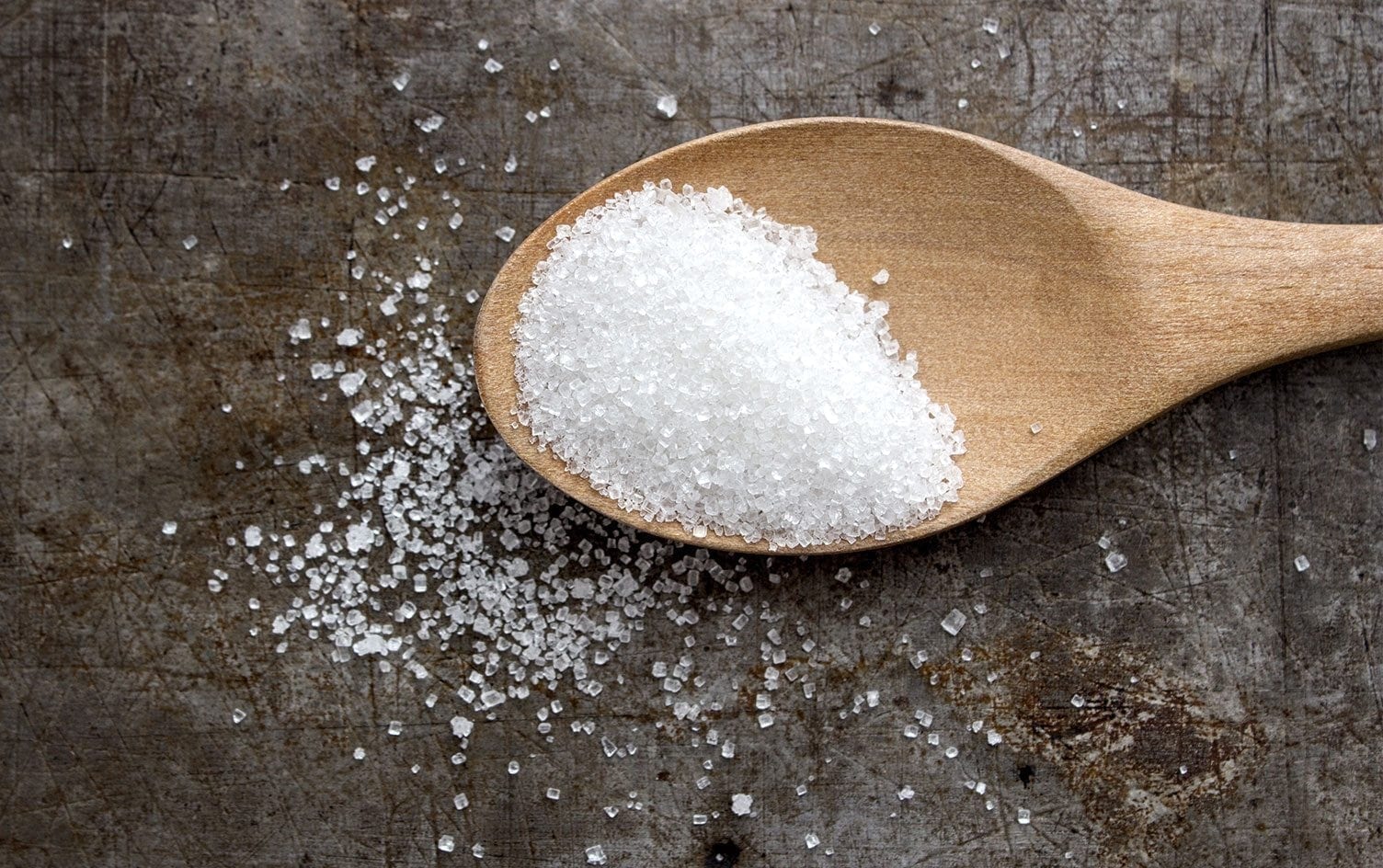

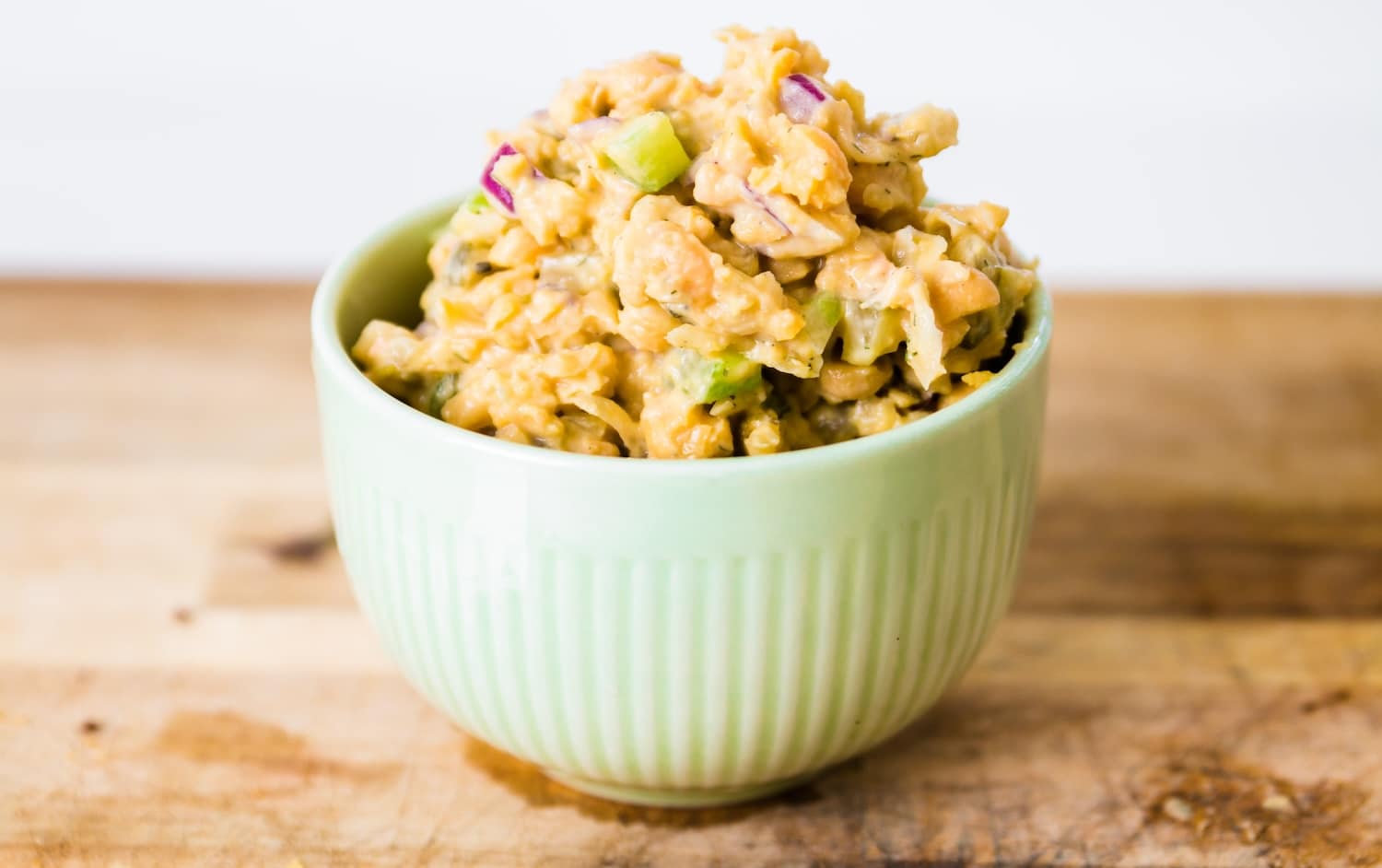
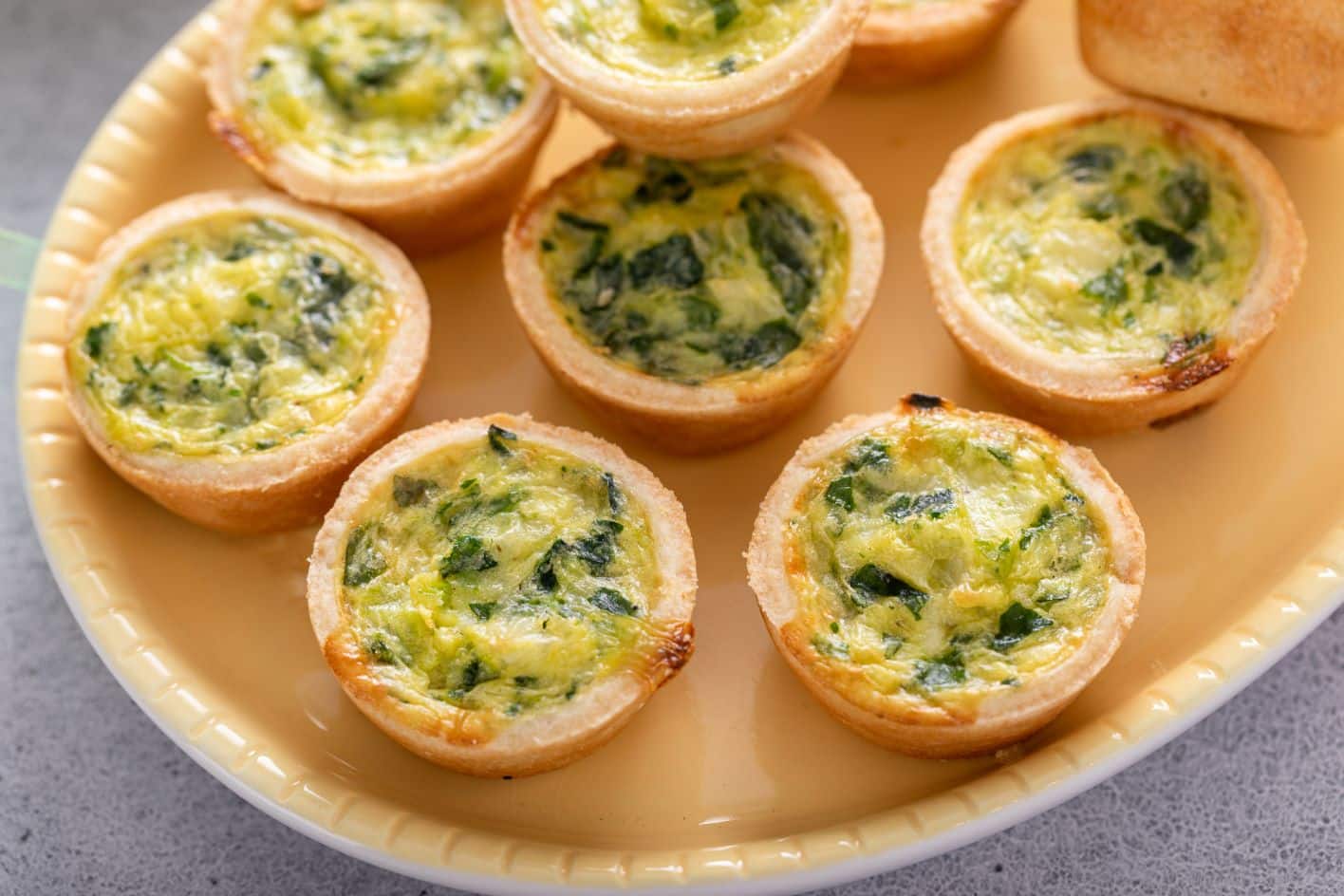
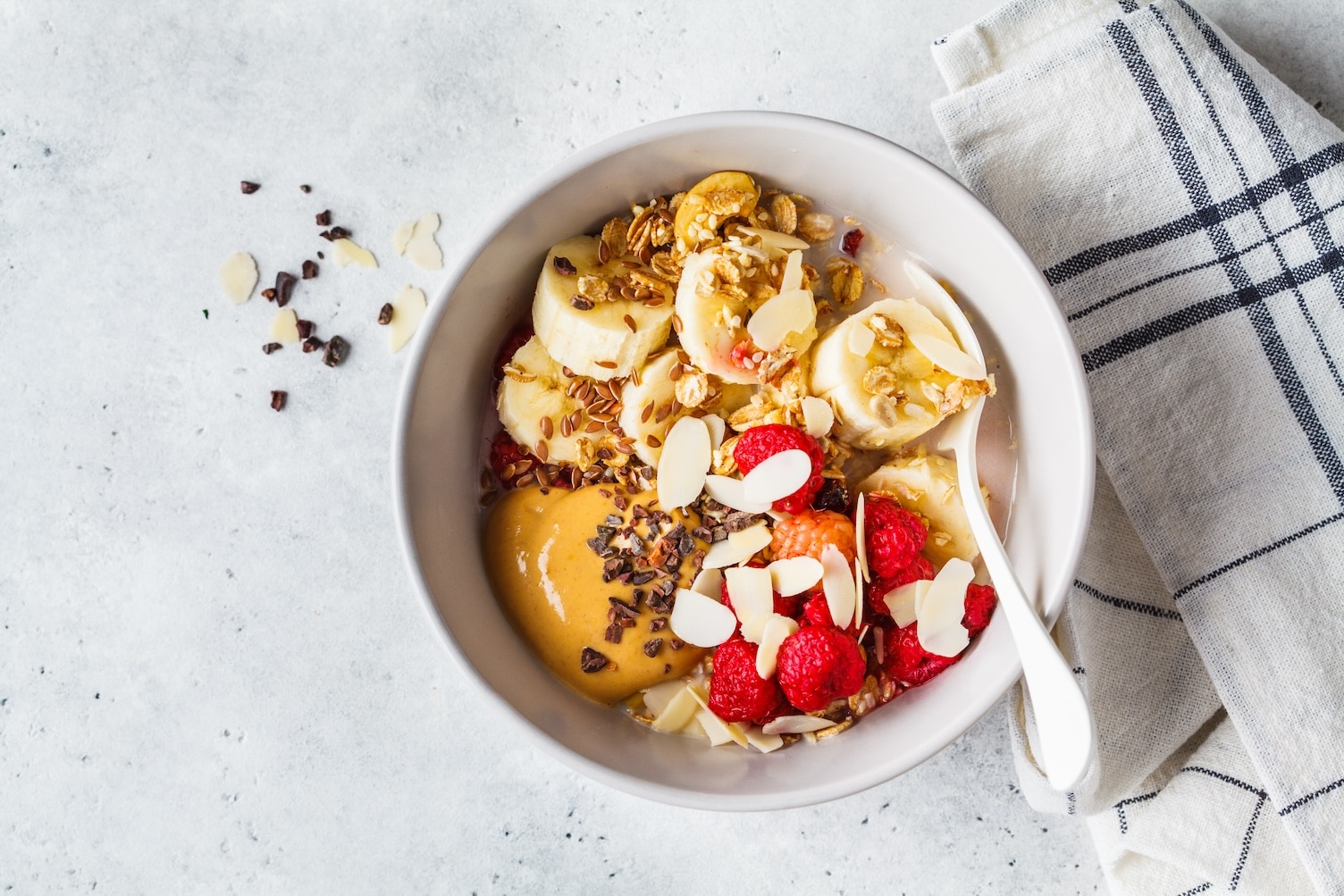
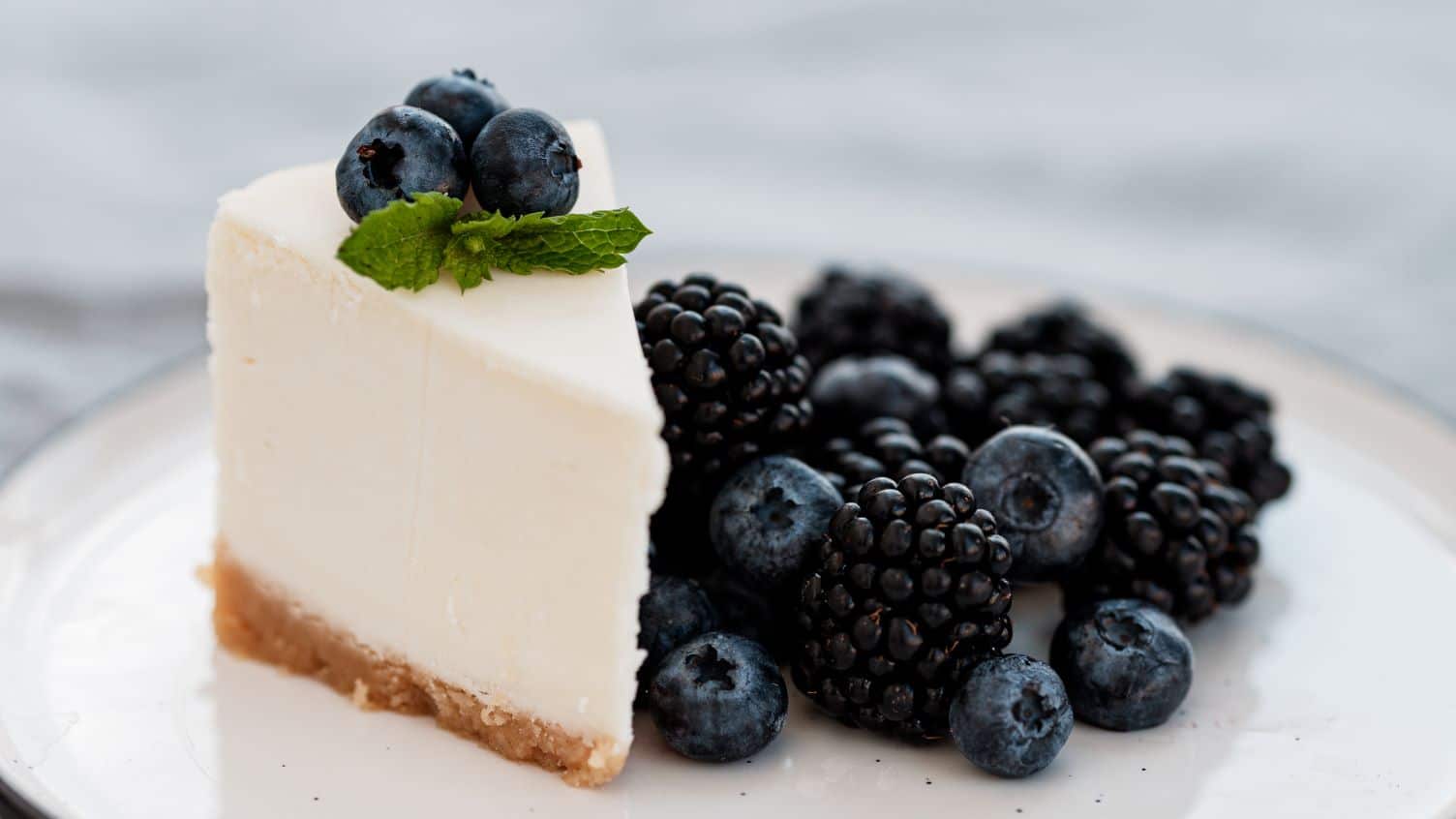
5 Responses
Thank you for the gentle reminder that Sugar works on the dopamine levels in the brain as does cocaine, amphetamines and heroin. They are so addictive is that they increase the release of dopamine
Great article, but poor advice. You started off by likening sugar to amphetamines and then concluded by telling readers to only do proverbial lines between certain hours. What people need to do is kick sugar to the curb and eat a healthy diet of whole foods.
Do you recommend to alcoholics and crack cocaine users that a little is ok? Sugar is highly addictive, massively habit forming and available to all from birth, with very little in the way of control. Just because most of the population are addicts, doesn’t mean its ok. And they are addicts. Just try getting just about anyone you know to give it up, even for a week and listen to the excuses. The same excuses given by smokers, alcoholics and heroin users. Sadly recommending things like bread as whole foods, just doesn’t cut it either. By the time that toast has been chewed and hits your stomach its sugar, be it white, brown or wholemeal, they have basically the same glycaemic load.
i have to agree as i know im an addict!!!
i saw a study once where they had rats addicted to crack and put them in a cage with crack and sugar. they went for THE SUGAR OVER THE CRACK!!!! Yes i would say sugar is highly addictive!!!